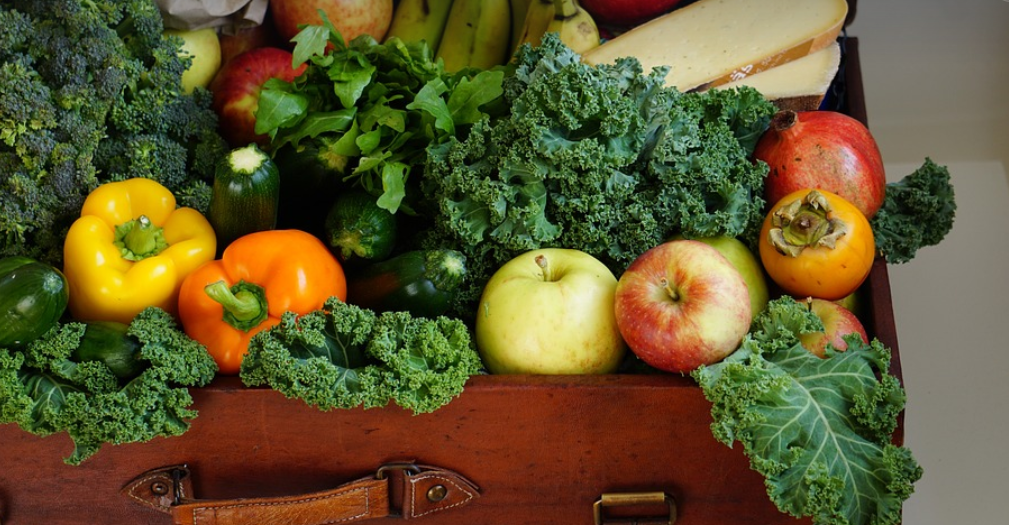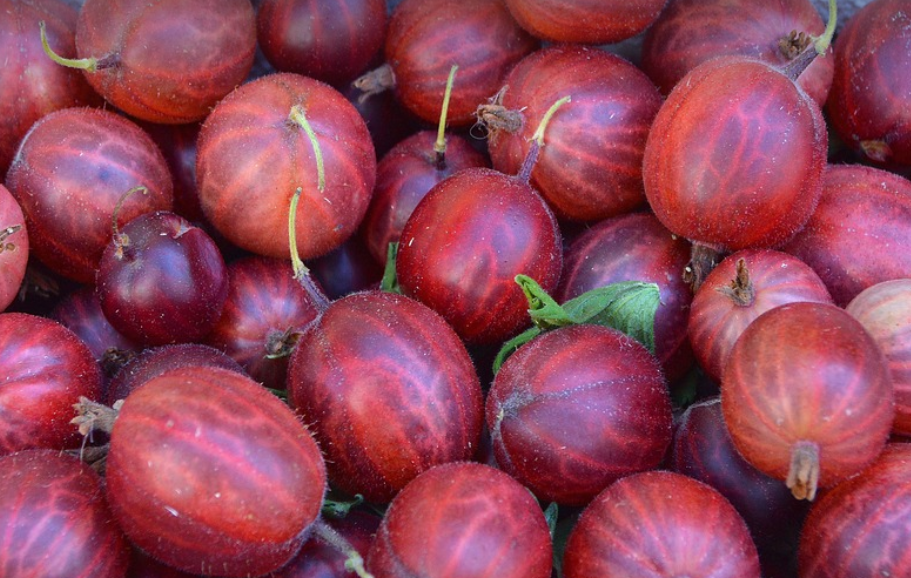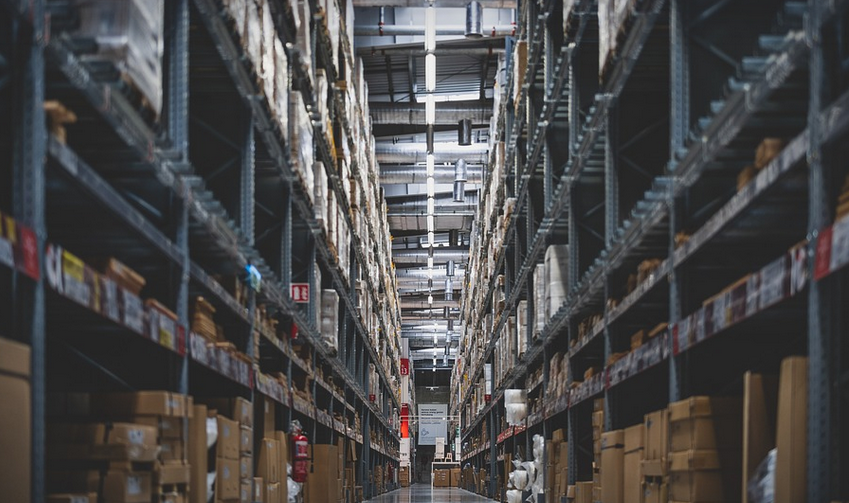Producer, Consumer, Decomposer: The Circle Of Life – A Biology Basics Worksheet

Unlocking the Secrets of Ecosystems
Welcome to the fascinating world of ecology! Today’s topic dives into the fundamental principles of how life thrives in our planet’s diverse ecosystems. We’re talking about producers, consumers, and decomposers – powerful players that keep all living things buzzing.
Producers: The Food Factories of Life
At the very top of this ecosystem food chain stand the producers. Imagine these tiny powerhouses as the factories of life! They are plants, algae, and even some bacteria; the ones who have the amazing ability to capture energy from the sun (thanks to photosynthesis) and turn it into useable sugars for themselves. It’s like they’re cooking up their own delicious meals!
Now, producers create the base of the food chain. They provide the vital energy that all other life forms depend on. Without them, there wouldn’t be any animals, insects, or even microorganisms to enjoy the fruits (or vegetables!) of this ecosystem.
Consumers: The Hungry Heroes
Next in line are consumers! Think of these as the hungry heroes who gobble down the energy from producers. These include herbivores – those that eat plants directly like deer, rabbits, or grasshoppers – and carnivores – those who prefer to hunt other animals (like lions, tigers, or even sharks).
But consumers don’t stop there! They come in all shapes and sizes. There are omnivores – those who eat both plants and animals like bears, raccoons, and humans. And then there’s the decomposers, those ultimate recyclers that play their own crucial role.
Decomposers: The Cleanup Crew
The last in our ecosystem drama are the decomposers – nature’s ultimate cleanup crew! These unsung heroes break down dead plants and animals back into simpler elements. Think of them as recycling experts, ensuring nutrients are recycled for new life to flourish.
Decomposers play a vital role in maintaining the balance within an ecosystem. They’re essential for nutrient cycling, breaking down waste, and keeping ecosystems healthy. Without them, everything would quickly decay, leaving little room for new plants and animals.
Producers, Consumers, and Decomposers in Action
Let’s visualize this dynamic system with a simple example. Picture a sunny forest floor. A young rabbit nibbles on some clover – that’s a consumer! The rabbit then becomes dinner for a predator like a fox. Now, the fox isn’t just consuming energy, it’s also contributing to the cycle!
But don’t forget about all those fallen leaves and branches: decomposers come in! Tiny bacteria and fungi break down dead matter, releasing nutrients back into the soil for new plants.
Worksheet Time: Your Ecosystem Challenge
It’s time to put your understanding into action with a fun worksheet challenge. This will help you visualize the intricate web of life:
* **Step 1:** Designate each element on your drawing! On your sheet of paper, draw an ecosystem. * **Step 2:** Label different parts of the ecosystem – including producers, consumers, and decomposers – and their roles within the system. * **Step 3:** Connect these elements together in a clear chain. Visualize how energy flows through the ecosystem from top to bottom!
Beyond the Worksheet: Understanding Our Impact
As we delve deeper into this topic, remember that our actions can significantly impact ecosystems. From pollution and deforestation to climate change, we are all interconnected with the environment. Understanding the role of producers, consumers, and decomposers empowers us to make responsible choices for a healthy planet.
This in-depth exploration lays the foundation for understanding why nature’s balance is so crucial for our planet’s health. So, go ahead, dive into this fascinating world! You’ll be surprised by the beauty and complexity of life on Earth.


